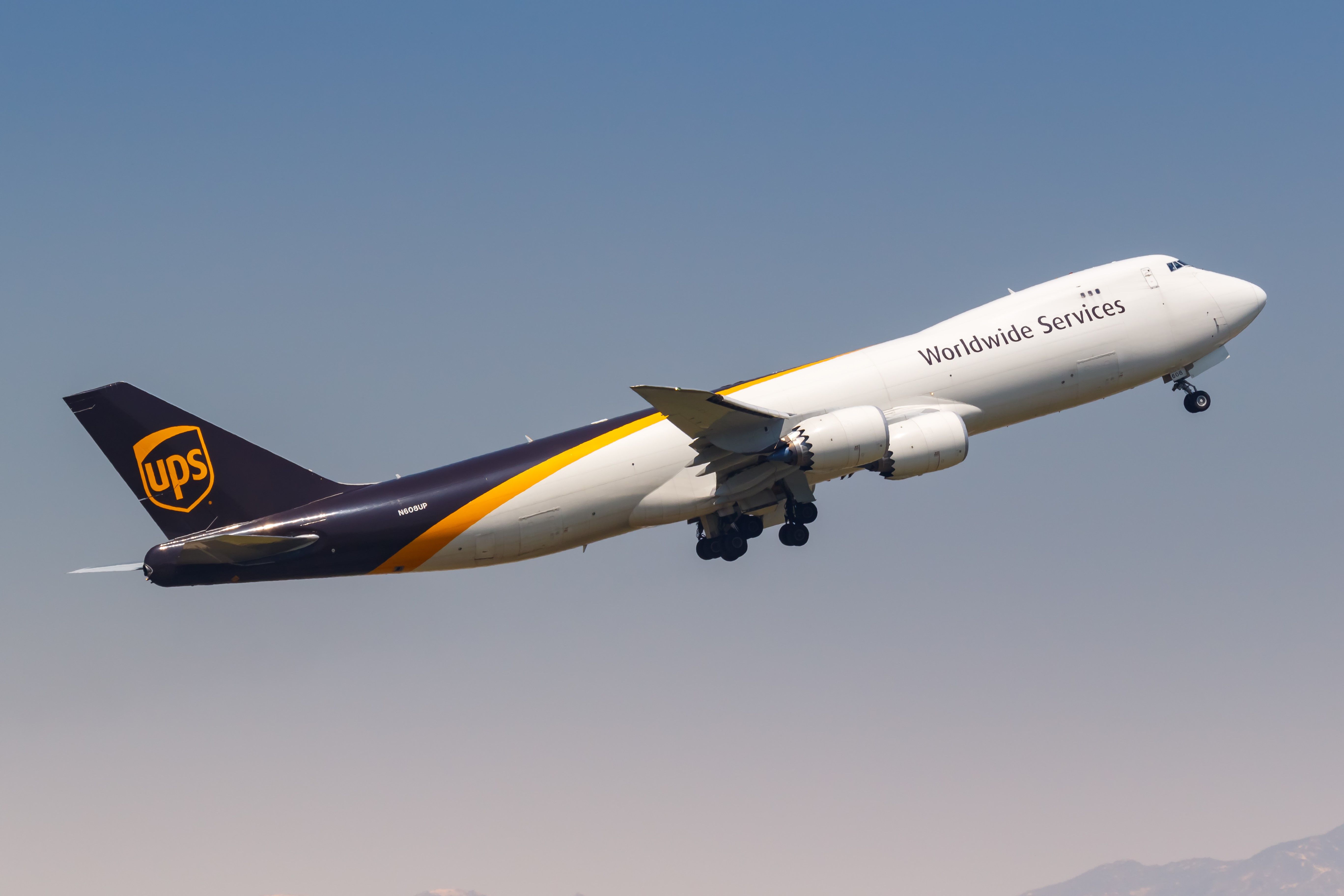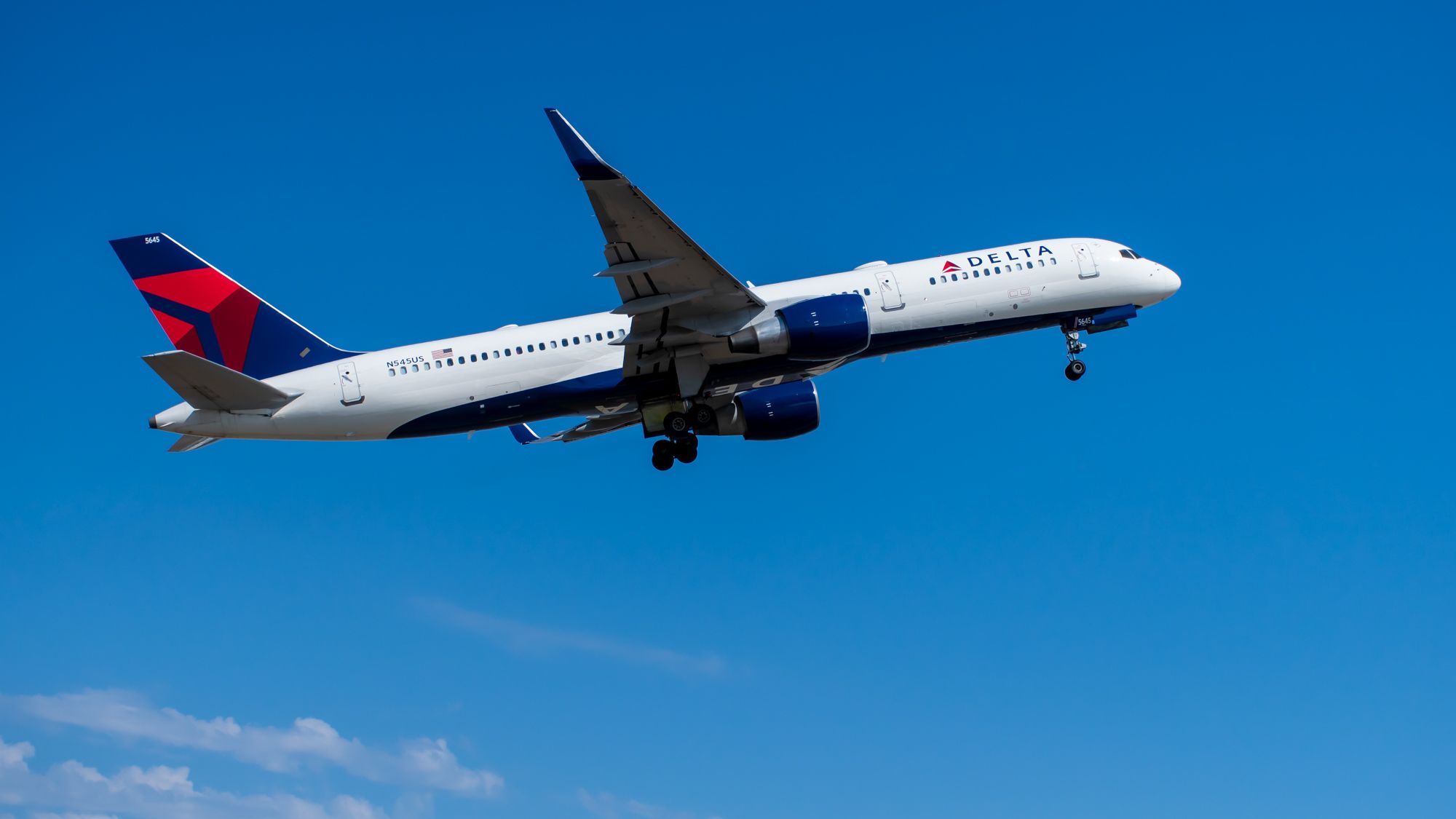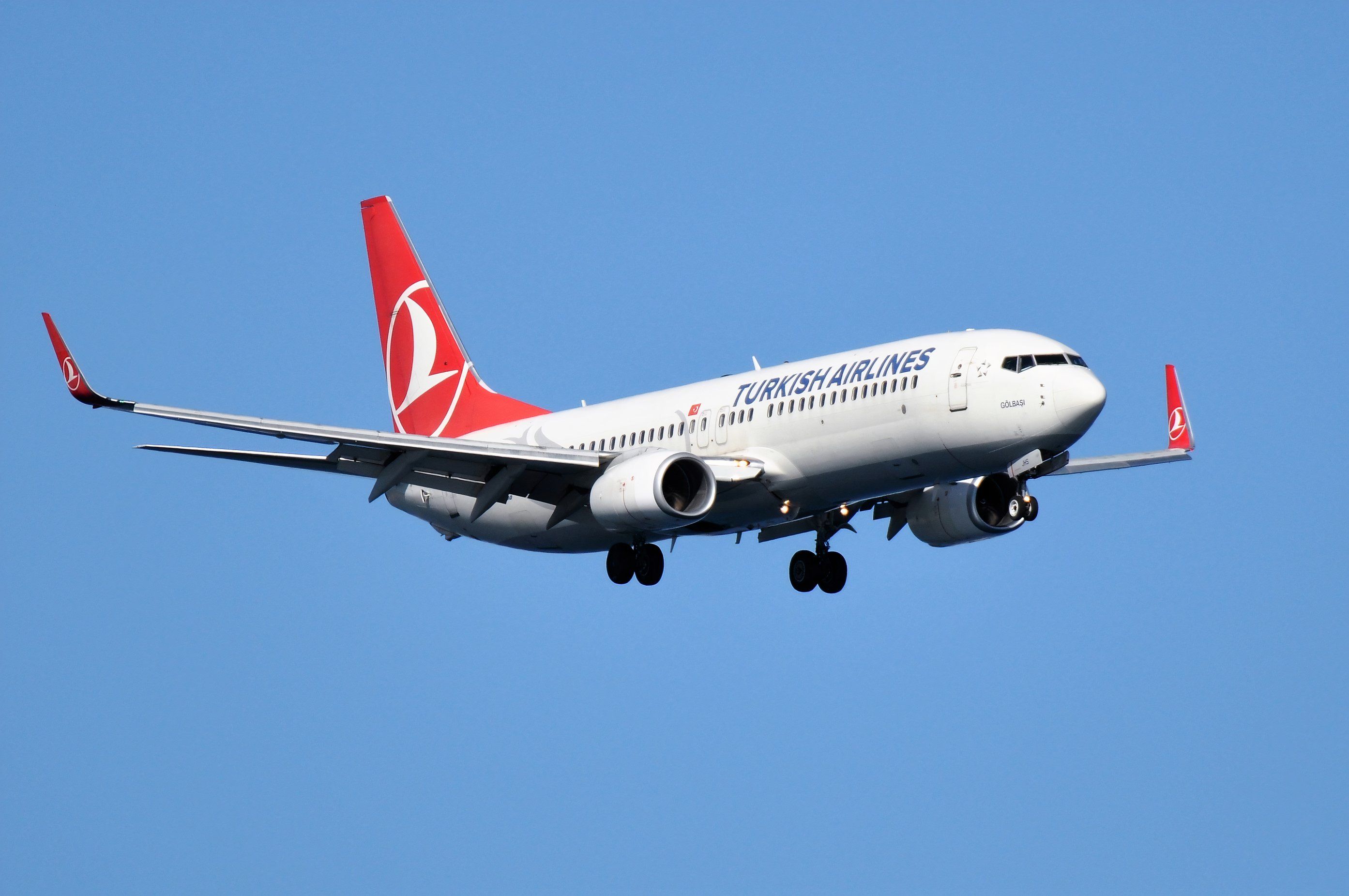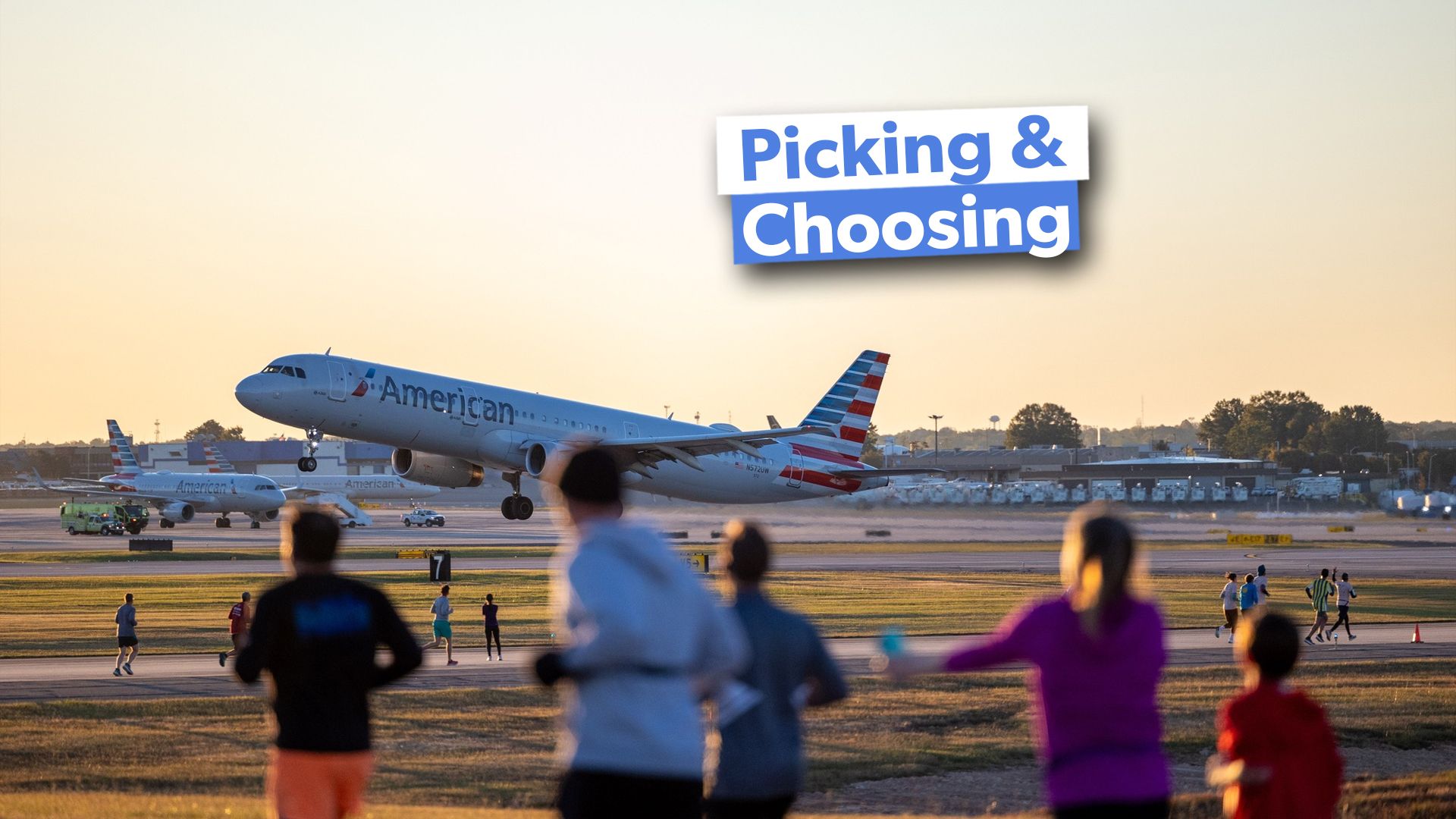Imagine you’re a business person booking a flight between Los Angeles International Airport
and Chicago O’Hare International Airport
. You decide to fly ![]() United Airlines
United Airlines
and splurge a few of your 400,000 precious miles to upgrade to a business class seat.
After you pay, you take a gander at your e-ticket and see that you’ll be flying on a Boeing 737-900ER, meaning you effectively just spent miles to fly in a seat that’s not much nicer than in economy except for a better meal. This might make you wonder why your flight didn’t get a 787 instead, and subsequently question how airlines decide on the appropriate aircraft they’ll fly for each of their routes.
Photo: Kevin Hackert | Shutterstock
Routes with more demand get bigger planes
One of, if not the primary factors that determines an airline’s selection of an aircraft for a route is demand. How much forecasted passenger and cargo demand is there between the departure and arrival destinations? Obviously, your Los Angeles to Chicago flight won’t be operated by a 50-seat CRJ-700.
After all, there’s too much demand for such a small aircraft, as both the departure and arrival cities on your route are very popular for both tourism and business. Therefore, the route will almost always be flown with mainline aircraft such as the Airbus A320 or Boeing 737, and perhaps the occasional widebody.
Depending on the time of year, an airline might swap the aircraft they use on a route. For example, during the Winter peaks and Christmas season, United Airlines might upgrade the aircraft on your LA to Chicago flight from that 737-900ER to one of its domestic-configured Boeing 777-200ER
aircraft to accommodate the expected surge in demand for the holidays.
Photo: Brisbane Airport
On routes with more premium, year-round demand, such as Los Angeles to New York, competing carriers such as JetBlue
, United, ![]() American Airlines
American Airlines
, and ![]() Delta Air Lines
Delta Air Lines
will fly aircraft with premium heavy configurations, such as Delta’s Boeing 767-300ER
with their Delta One or JetBlue with their Mint business class products. Often times, these popular, premium heavy routes prove to be the most profitable for airlines that can compete successfully on them.
Despite only making up around 20 to 30 % of the total space on an aircraft (although sometimes this figure is pushed up to 40 or even 50 %) premium classes make virtually all airlines (besides LCCs
) the most money due to the significantly higher prices that carriers charge for those seats. After all, a business person flying transatlantic will gladly pay an extra $4,000 to sleep on a near lie-flat seat if they have a meeting after they land in the morning.
Economy class, in turn, helps carriers cover the basic operating costs of the flight, filling the plane. However, economy brings in little to no profit for carriers, which is partially why long-haul, low-cost carriers such as Norwegian and Primera Air failed in the transatlantic market.
Airlines usually have a wide selection of aircraft on popular routes while shorter routes to regional destinations might never see more than one aircraft type for years, regardless of the season. Take United Airlines’ Newark Liberty International Airport
to Richmond
route, which is served by a CRJ-700 year-round.
Photo: GingChen | Shutterstock
While this is in part due to the proximity of the city to the Washington DC metro area, it’s also because demand for the flights simply doesn’t fluctuate on a predictable-enough basis for there to be an equipment change on the route. Operating a CRJ-700 gives United a sustainable enough stream of revenue, while still providing a few premium seats for business travelers. This allows the carrier to operate the flight year-round with the aforementioned aircraft type.
Predictability for passengers is key
Another interesting question on this front is why a carrier such as Avelo Airlines
would operate a Boeing 737-700
to the Arcata-Eureka region in Northern California with a population of less than 100,000 people. The answer comes down to the product.
Indeed, airlines typically choose the same types of seats on every aircraft they fly in order to set a standard of comfort and expectations for passengers across its fleet. Therefore, a passenger flying on a Delta Air Lines Airbus A320
will know what sort of seat they will get the next time they fly Delta on another plane in the fleet, such as the carrier’s Boeing 757-200
.
Photo: Avelo Airlines
Environmental factors
Another aspect that airlines need to look at is the operational and technical requirements of a route. The environment that an aircraft flies in will determine how often it needs to go for maintenance and safety checks. Take the United Airlines Island Hopper service, which is operated by a modified Boeing 737-800
with extra-durable tires for the short runways that the aircraft needs to land hard and fast on.
The plane is also equipped with modified engines against the corrosive, salty-air surrounding the Pacific Islands that the Island Hopper service operates to. On top of these requirements, flight attendants working on the service need to obtain crew rest exemptions from the FAA, and the flight always needs to carry at least one one mechanic onboard in case of maintenance issues on one of the small islands.
Another good example of the specificity needed on a certain route is the handful of Canadian airlines (Air North and Nolinor Aviation) that operate the Boeing 737-200
Combi on flights to gravel runways in the far North of Canada. Despite their age, the 50-year-old 737-200 Combi planes are the only jet aircraft of its kind that can land on gravel runways without damage due to being equipped with a special kit known as a ‘gravel kit’ that keeps debris out of the engines of the aircraft.
 Efficiency
Efficiency
The Eart ish fast approaching a tipping point in terms of climate change, with the planet expected to surpass a ‘point of no return’ sometime in the mid-2030s to early 2040s. With this in mind, the aviation industry as a whole is being put under increased pressure to operate in a more sustainable fashion.
The drive for more fuel-efficient, high-capacity aircraft has led to the development and adoption of some incredibly long-range, efficient, and (relatively) high-capacity aircraft such as the Airbus A350
and Boeing 787
series.
It’s for this reason that you see an airline such as Virgin Atlantic
operating multiple, fuel-efficient flights a day using an aircraft such as the Airbus A350-1000
on a popular transatlantic route like New York to London instead of a fuel-guzzling, and slightly higher capacity Boeing 747-400
.
Before making the decision of which aircraft to deploy on a route, a carrier will conduct a cost-benefit analysis. This essentially boils down to the airline assessing how much money will be lost versus gained by operating the route.
 Aircraft availability
Aircraft availability
It’s a well-known fact that airlines operate and choose to build fleets of aircraft based around their business and operating models. A carrier that works mostly based on the hub-to-hub model such as ![]() Lufthansa
Lufthansa
will feature a menagerie of aircraft on their long-haul routes.
These range from the Airbus A330-300
to the Airbus A350-900 and the Boeing 787-9, which all feature similar configurations. This means that if one aircraft type (besides the larger Boeing 747-8 and Airbus A380 in this case) can’t be used on a route, another aircraft be substituted for it due to the similarity in capacity. The way flights are scheduled also varies.
Indeed, most hub-and-spoke airlines try to operate their flights in “banks” of multiple departures occurring around the same time of day, multiple times a day to many destinations, following an arriving “bank,” or time period of flights. This is how passengers are able to transfer through an airline hub, such as United Airlines’ Chicago base, and only have to wait around an hour for connecting flights.
Photo: Wenjie Zheng | Shutterstock
Meanwhile, an airline that is mostly based on of a point-to-point model (such as Ryanair
and WizzAir
) will try to operate a uniform fleet comprising a set aircraft type, with the Boeing 737 MAX 8200
playing an increasingly important role at Ryanair. This, in turn, allows more flexibility across a route network, as all flights are operated with the same aircraft family.
As such, if one aircraft within the Ryanair network becomes disabled due to technical reasons, a new one could potentially be sent as a replacement without the worry of whether there will be enough seats or cargo capacity, on account of the airline’s uniform fleet.
Generally speaking, carriers try to avoid equipment (otherwise known as aircraft) swaps, as this sometimes requires passengers to be downgraded, and for the airline to ask for volunteers to take later flights. When a swap does occur, this decreases passenger satisfaction with the airline. After all, nobody wants to be delayed, especially if it’s not due to the factors out of everyone’s control like the weather.
 The bottom line
The bottom line
In 2024, years after the advent of digital flight planning technologies and programs, most of the work that gets put into the decision of which aircraft to place on a route is done by a computer.
Aircraft dispatchers working at a flight dispatch center will put data and metrics information into computer software. This software, deciding on resource allocation and routing, performs all the necessary calculations and will output what the computer believes to be the best result. In this case, the best aircraft to use on a route.
The next time you’re booking a flight and check the aircraft type, just remember that alot more work goes into deciding the plane that you will fly on than meets the eye.






